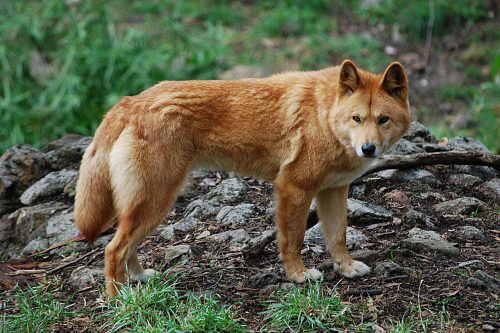The isolated southern continent has a long history of unique operations to combat invasive species of flora and fauna

Hoping to curb the growth of the rabbit population in Australia, in early 2017 the authorities released into nature a strain of the virus that causes bleeding. This move may seem barbaric, but the government estimates that the rabbits, brought by British settlers in the late 18th century, eat $115 million worth of agricultural produce each year. And the rabbits are not the only problem. For more than a century of desperate wars against waves of invasive species, Australians have tried countless measures - including the release of predatory species that are not native to the continent.
Australia is not the only country suffering from an invasive species problem. But because Australia is an isolated continent, most of its animals are species natives, and the predators that were at the top of the food chain in Australia have long been extinct. This situation allows alien species better opportunities to thrive. "In other places we see much larger carnivore populations," says Euan Ritchie, one of the directors of the Australian Ecological Society. but the tasmanian tiger, pocket lion, AndMagellania (a lizard weighing 600 kg) are no longer there, and the only remaining predator at the top of the food chain, theDingo, the Australian wild dog (pictured) is endangered by humans because of its fondness for preying on sheep.
Australia is trying to get rid not only of the rabbit population but also of the red foxes (brought for hunting purposes), cats (which were kept as pets in the past), carp (brought to be bred in fish farms) and even camels (which were used as a means of transportation in the desert). Wildlife control authorities have tried to combat these invaders by releasing viruses, spreading poisons, building fences thousands of miles long, and sometimes by hunting from helicopters. In one well-known case, the solution they tried became a problem of its own: in 1935 The cane toad was released into the wild For you to devour beetles that ate sugar cane. The toads were unable to climb the sugar canes to reach the insects, but began to thrive on their own as a pest species.
Despite the protests of scientists, the Australian government is planning to release another virus into the wild, this time in an attempt to reduce the out-of-control carp population. "You can't turn the wheel back," Ritchie says, but "we have a lot of mammals and other native species struggling to survive."

One response
Well done for bringing this issue to the notices